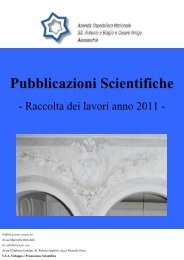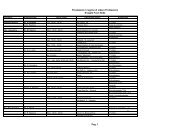Working Paper of Public Health Volume 2012 - Azienda Ospedaliera ...
Working Paper of Public Health Volume 2012 - Azienda Ospedaliera ...
Working Paper of Public Health Volume 2012 - Azienda Ospedaliera ...
You also want an ePaper? Increase the reach of your titles
YUMPU automatically turns print PDFs into web optimized ePapers that Google loves.
<strong>Azienda</strong> <strong>Ospedaliera</strong> Nazionale“SS. Antonio e Biagio e Cesare Arrigo”<strong>Working</strong> <strong>Paper</strong> <strong>of</strong> <strong>Public</strong> <strong>Health</strong>nr. 3/<strong>2012</strong>countries that have presumed consent in practice allow the family to make the finaldecision about donation, which weakens the argument <strong>of</strong> the informed consent defenders.Healy (2005) argued that the advantage in “having a presumed consent law might mean,in effect, that the question put to donor families is assumed to be something like ‘do youhave any reason to think the donor would have objected?’ rather than something like ‘canwe have your permission to go ahead?’” It is easier to get the family’s agreement todonate the organs <strong>of</strong> a loved one, since the collective expectation is to become a donorunder presumed consent law. However, under an informed consent law, the family musttake a special decision, since the default is not to donate the organs <strong>of</strong> a loved one. Thereis ample discussion about this topic, both in medical and political communities and ininternational health organizations. Recently the UK parliament held a debate about thepossibility <strong>of</strong> implementing presumed consent in Britain. Argentina, in 2005 changed itslaw on organ donation to presumed consent. After three years <strong>of</strong> presumed consent lawexperience, Brazil 6 returned to informed consent in 2001.Despite the importance <strong>of</strong> this matter, few studies focus on measuring the relationshipbetween presumed consent and cadaveric organ donation. A multivariate model isrequired to analyze this relationship in order to control some observed heterogeneity,such as income, religious belief, type <strong>of</strong> legal system, besides others specifically relatedto organ donation, such as potential donors (from traffic accidents and celebro-vasculardisease). Abadie and Gay (2004) and Healy (2005) found a positive relationship betweenpresumed consent and cadaveric organ donation. However, they had just used OECDcountries 7 . Our paper has the advantage <strong>of</strong> analyzing a large sample, which also includesLatin countries and other countries with low cadaveric organ donation. Furthermore, wecan verify whether the positive relationship between presumed consent and organdonation holds good when we analyze a more heterogeneous sample <strong>of</strong> countries.In order to proceed with the analysis, we have applied a new method developed byKoenker (2004): quantile regression for panel data. This method combines the panel dataapproach with a focus upon estimation <strong>of</strong> effects on the quantiles <strong>of</strong> the response variable6 The Brazilian case will be discussed in more detail in section 3.1.7 Their sample sizes were 22 and 17 countries, respectively.3



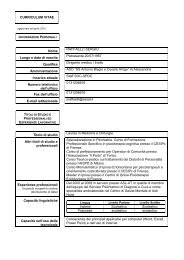
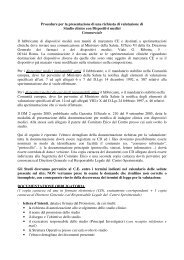

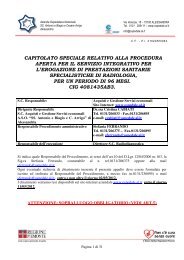
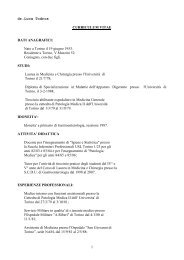
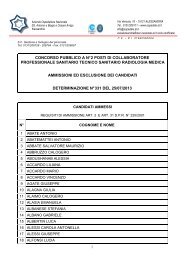

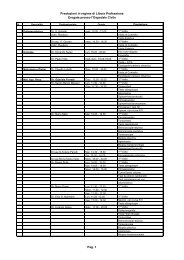


![[torino - 1] lastampa/urc/01 ... 26/10/09 - Azienda ...](https://img.yumpu.com/44058002/1/190x32/torino-1-lastampa-urc-01-26-10-09-azienda-.jpg?quality=85)

